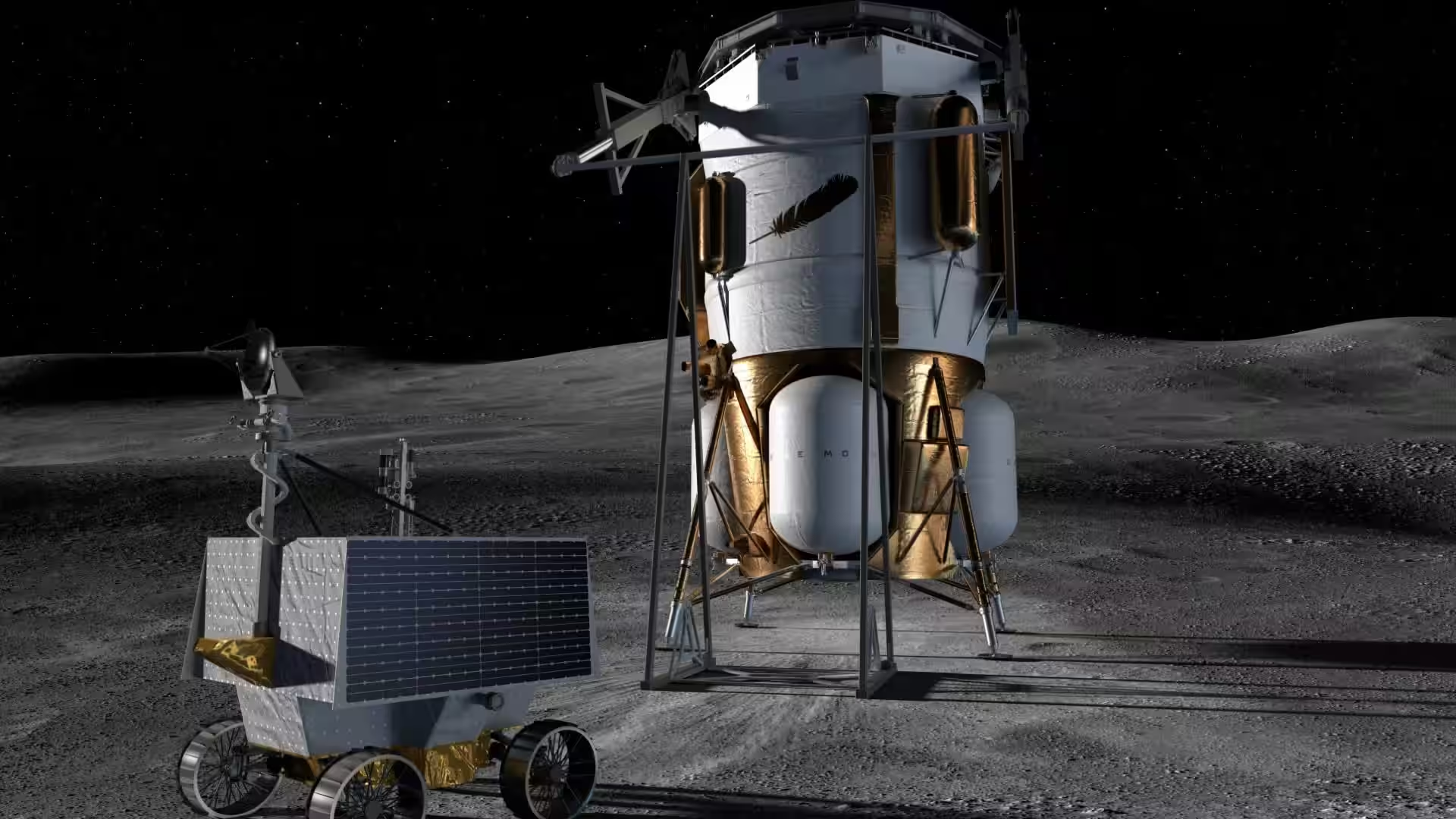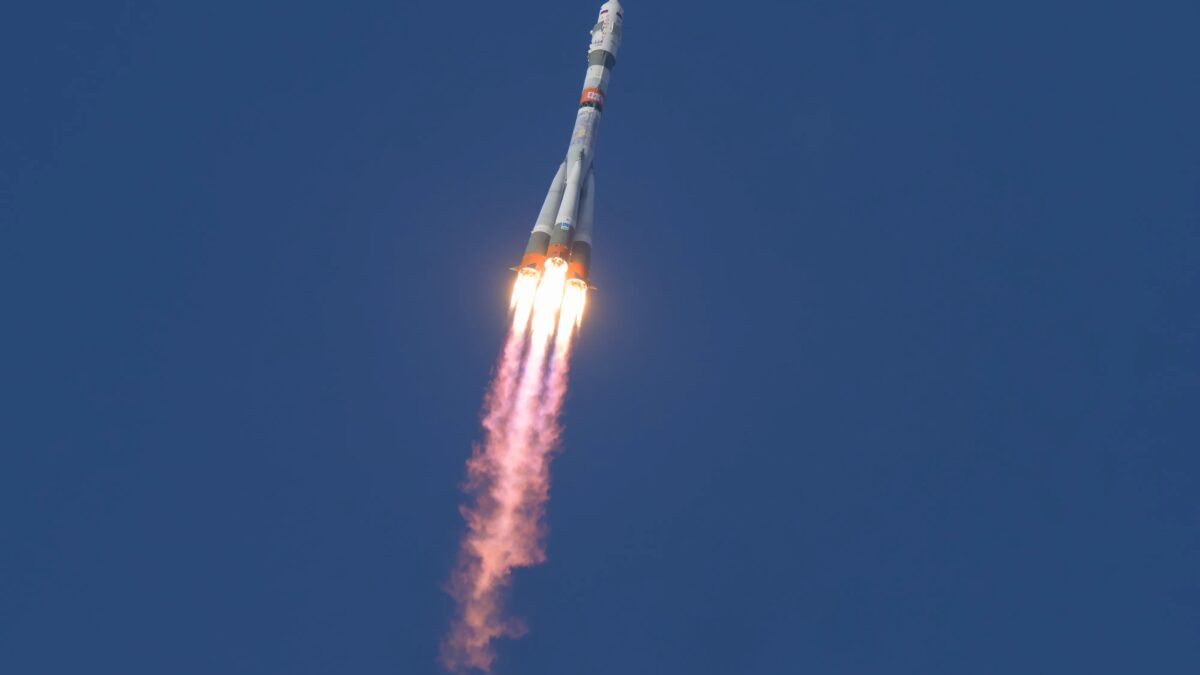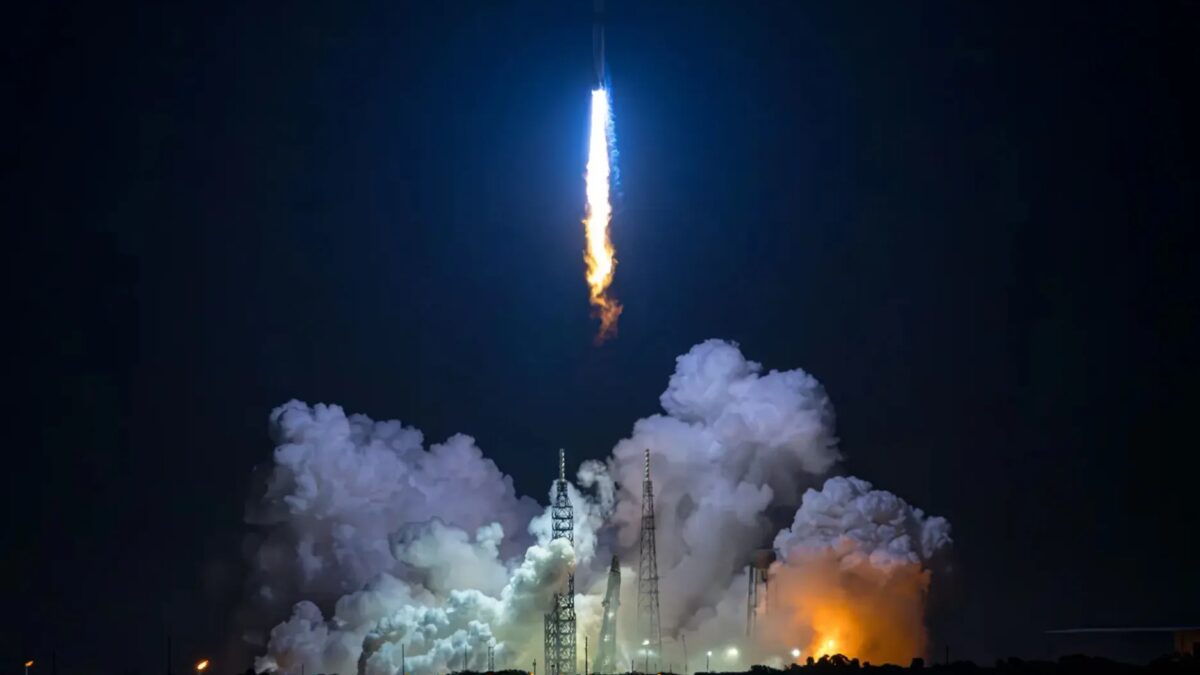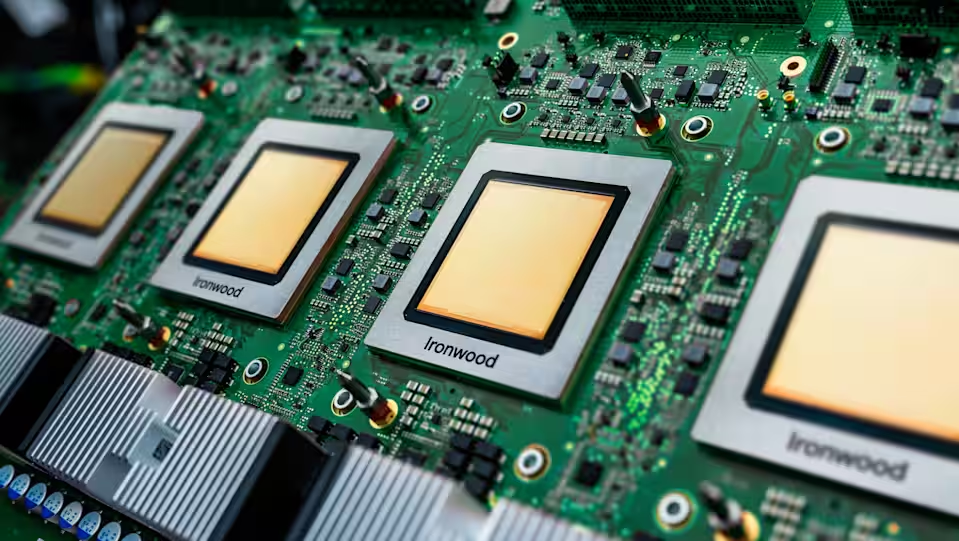NASA has brought the VIPER lunar rover project back to life for the 2027 mission with Blue Origin

NASA has announced the reactivation of the Volatiles Investigating Polar Exploration Rover (VIPER) project, which was previously shut down due to delays and rising costs. The lunar rover is now scheduled to travel to the moon’s south pole in 2027 aboard Blue Origin’s Blue Moon Mark 1 landing module as part of the Commercial Lunar Payload Services (CLPS) program.
New Chance for VIPER
VIPER was supposed to be a key instrument in the exploration of water and other volatiles on the Moon. However, due to organizational and financial problems, the project was canceled in 2023. The mission’s return was made possible by an agreement with Blue Origin, which is developing landing modules to deliver cargo to the moon.
VIPER was to be a key tool for exploring water and other volatiles on the moon.
The first flight of Blue Moon Mark 1 is expected as early as this year as part of another CLPS mission. A successful landing will be an important factor in NASA’s decision to launch VIPER. A second Mark 1, which is already in production, could be the transport for the lunar rover in 2027.
A second Mark 1, which is already in production, could be the vehicle for the lunar rover in 2027.
Mission Objectives
VIPER will operate in the extreme environment of the Moon’s south pole. The main goal is to search for water ice and resources that can be used in future manned missions. In addition, the data will help scientists better understand the distribution of volatiles in the solar system and the processes that shaped its evolution.
“This delivery could show us where the ice on the moon is closest to the surface and where it could be more easily mined in the future,” said Joel Kearns, deputy administrator for research at NASA’s Science Mission Directorate. “And studying lunar water sources will give us valuable information about the origin and distribution of volatiles in the solar system.”
Context
Blue Origin does not yet have experience landing on the moon. The 2027 mission will not only be a test of the company’s capabilities, but also an important step for NASA as it seeks to utilize commercial partners in space exploration. If the project is successful, VIPER could play a key role in preparing for future manned missions to the moon.








